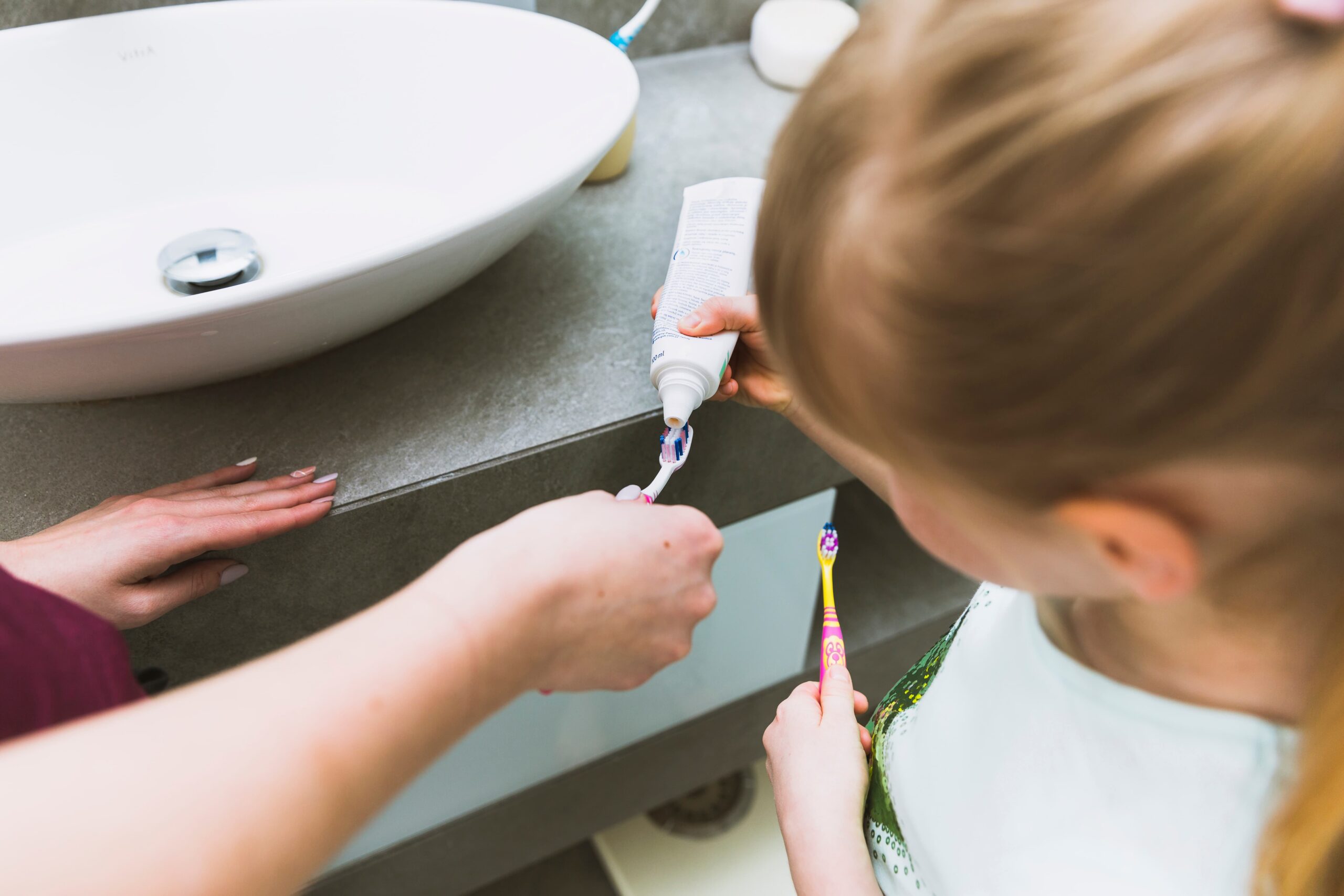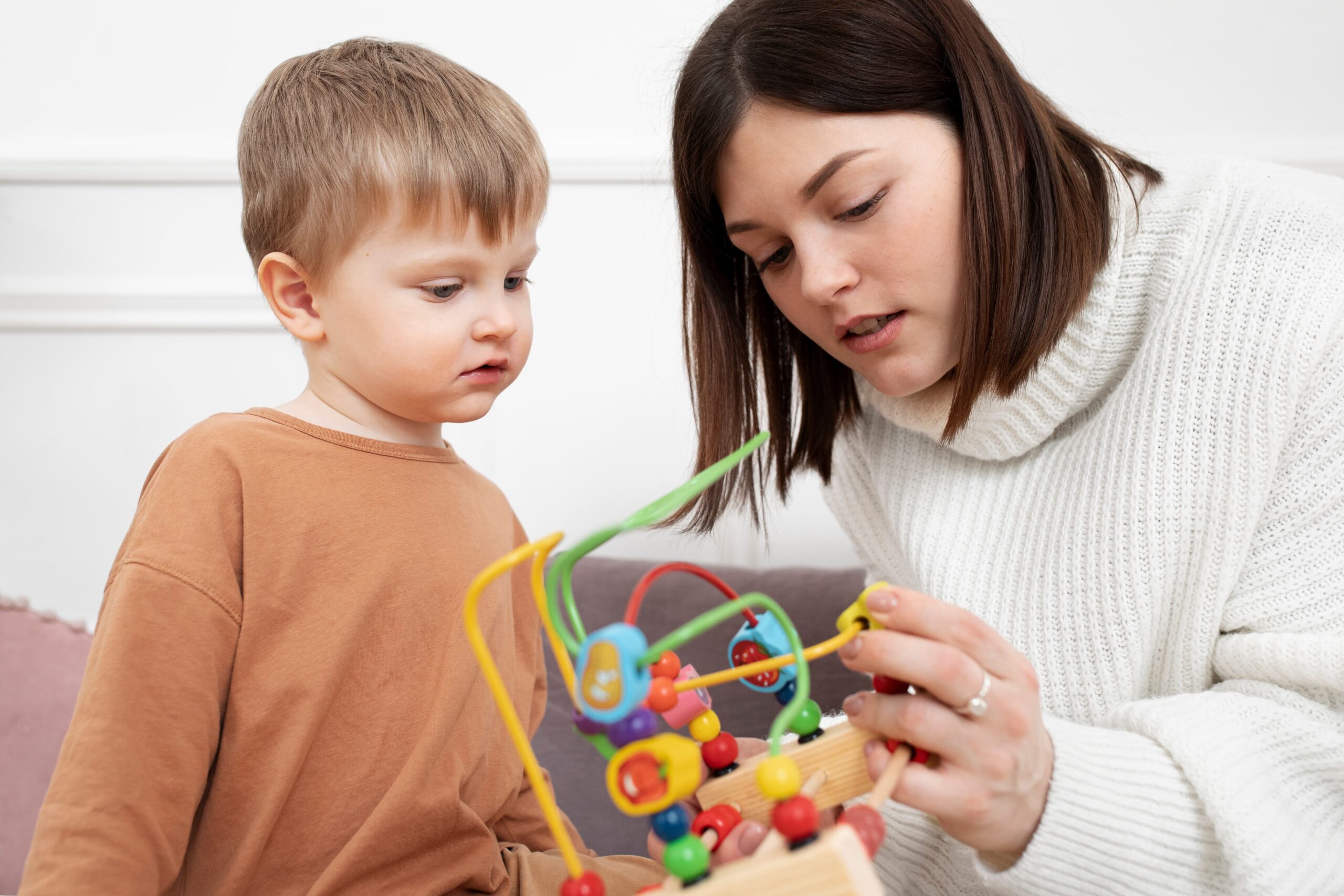Key Points:
- Discover the most effective types of ABA interventions and how each supports skill-building and behavior change.
- Learn how techniques like discrete trial training and natural environment teaching differ and when each is used.
Get practical insights to help choose the right ABA therapy methods for your child’s specific needs.
When a child is first diagnosed with autism, one of the first terms parents encounter is ABA therapy – Applied Behavior Analysis. But beyond the acronym, there’s often confusion: What does ABA really look like in practice? What are the techniques involved? And which ones are right for your child?
These questions are common and valid. ABA isn’t one-size-fits-all. In fact, there are several different ABA therapy approaches, each targeting different developmental needs. This guide is designed to give you a clear understanding of the types of ABA interventions, how they work, and how they can be tailored to help your child thrive.
Let’s break down the most widely used ABA therapy methods in a way that’s practical, specific, and easy to follow.
Understanding ABA Therapy
At its core, ABA therapy focuses on using evidence-based strategies to encourage positive behaviors and reduce those that interfere with learning or everyday life. It’s not about forcing change; it’s about creating meaningful, lasting improvements through structured support.
Different ABA therapy techniques are used depending on the child’s age, developmental level, goals, and environment. Some techniques are highly structured, while others blend naturally into play or daily routines.
Discrete Trial Training (DTT)
Discrete Trial Training is one of the most structured types of ABA interventions. It breaks down skills into small, manageable steps taught in a specific sequence.
A typical DTT session includes:
- A clear instruction or question (e.g., “Touch the apple.”)
- A response from the child
- Immediate feedback (positive reinforcement for correct answers or redirection for incorrect responses)
This technique is especially effective for teaching foundational skills like matching, labeling objects, following directions, and basic communication.
While DTT may seem repetitive, its consistent structure helps children build skills through repetition and reinforcement.
 Natural Environment Teaching (NET)
Natural Environment Teaching (NET)
In contrast to DTT, Natural Environment Teaching is more relaxed and happens during naturally occurring activities like playing, snack time, or going outside.
For example, if a child wants a toy car, the therapist might use that moment to teach them to request it by saying or signing “car.”
NET promotes learning in real-life contexts, making it easier for children to generalize new skills beyond therapy sessions.
This technique is especially useful for teaching language, social interaction, and play skills.
Pivotal Response Training (PRT)
Pivotal Response Training focuses on “pivotal” areas of a child’s development, like motivation, response to cues, and self-management, that can trigger improvements across many other skills.
Rather than targeting isolated behaviors, PRT works on broader skills that influence multiple areas. For instance, increasing a child’s motivation to engage can enhance both language and social interactions.
PRT is child-led and incorporates their interests to boost engagement, which often leads to more spontaneous communication and social behavior.
Verbal Behavior Therapy (VBT)
Verbal Behavior Therapy is an ABA approach focused on teaching communication by understanding the reasons we use language, known as “verbal operants.”
These operants include:
- Mands: requesting (“I want juice”)
- Tacts: labeling (“That’s a ball”)
- Echoics: repeating words
- Intraverbals: responding to questions (“What do you eat?”)
VBT emphasizes functional language, helping a child understand that words can meet their needs, share experiences, and build social connections.
This method is particularly effective for children who are nonverbal or minimally verbal and are learning to use language meaningfully.
Functional Communication Training (FCT)
Functional Communication Training teaches children to use appropriate communication to express their needs instead of using challenging behaviors.
If a child throws objects when frustrated, FCT might teach them to say or sign “help” instead. This replacement behavior reduces frustration and helps caregivers better respond to needs.
FCT often starts with identifying the reason (function) behind a behavior – escape, attention, access to items, or sensory stimulation, and then teaches a more socially acceptable alternative.
 Task Analysis and Behavior Chaining
Task Analysis and Behavior Chaining
Many children with autism benefit from step-by-step instruction when learning complex tasks. Task analysis involves breaking a skill into smaller parts. For example, brushing teeth might include:
- Pick up a toothbrush
- Turn on the water
- Apply toothpaste
- Brush top teeth, and so on.
Once steps are defined, behavior chaining is used to teach them in sequence. There are three main chaining methods:
- Forward chaining: teaching the first step first
- Backward chaining: teaching the last step first
- Total task chaining: teaching all steps in sequence
These techniques are highly effective for life skills like dressing, hand washing, cooking, and school routines.
Reinforcement Strategies
Reinforcement is central to all ABA therapy methods. It’s what motivates a child to repeat a desired behavior.
There are different reinforcement strategies:
- Positive reinforcement: giving something the child enjoys (e.g., praise, toy, snack)
- Negative reinforcement: removing something unpleasant (e.g., turning off noise when the child follows a direction)
- Differential reinforcement: reinforcing specific behaviors while ignoring or redirecting others
Finding the right reinforcer and using it consistently can make or break progress in therapy.
Behavior Modification Techniques
Behavior modification techniques help reduce challenging behaviors while teaching alternative skills. These methods often include:
- Extinction: withholding reinforcement for problem behavior
- Prompting and fading: giving cues to encourage behavior, then gradually reducing them
- Redirection: shifting the child’s attention to a more appropriate activity
These strategies must be used carefully and ethically, ideally with professional guidance, to ensure they are effective and respectful.
Choosing the Right ABA Therapy Approaches
With so many options, how do you know which ABA therapy approach is right for your child?
Here are a few tips:
- Consult with a BCBA: A Board Certified Behavior Analyst will conduct assessments and recommend specific techniques based on your child’s needs.
- Track progress: Good ABA therapy is data-driven. Techniques should evolve based on what’s working.
- Ensure generalization: Skills learned in therapy should transfer to school, home, and social settings.
Be part of the process: Parents and caregivers are essential team members. Ask questions and stay involved in goal-setting.
Wrapping It All Together: Empower Your Child with Individualized ABA Therapy in Utah
Every child with autism is different, and no single technique works for everyone. That’s why it’s important to understand the different ABA therapy methods available. From discrete trial training to natural environment teaching and functional communication training, each approach has its strengths.
The key is not just in using the technique, but in using the right one at the right time, tailored to your child’s unique profile. If you’re searching for “ABA center near me,” it helps to know what techniques they specialize in and how they individualize care.
By understanding these ABA therapy techniques, you’re better equipped to advocate for your child and partner with their care team in meaningful, informed ways.
At Acclimate ABA, we provide comprehensive, evidence-based ABA therapy in Utah, tailored to each child’s unique goals and learning style. Whether you’re just starting to explore therapy or seeking a new provider, our team of BCBAs and behavior technicians offers the full range of proven ABA therapy techniques, including discrete trial training, natural environment teaching, verbal behavior therapy, and more.
If you’re searching for an ABA center near me, we invite you to connect with Acclimate ABA and see how our customized, compassionate care can support your family.
Contact us today to schedule a consultation and take the first step toward meaningful progress.

